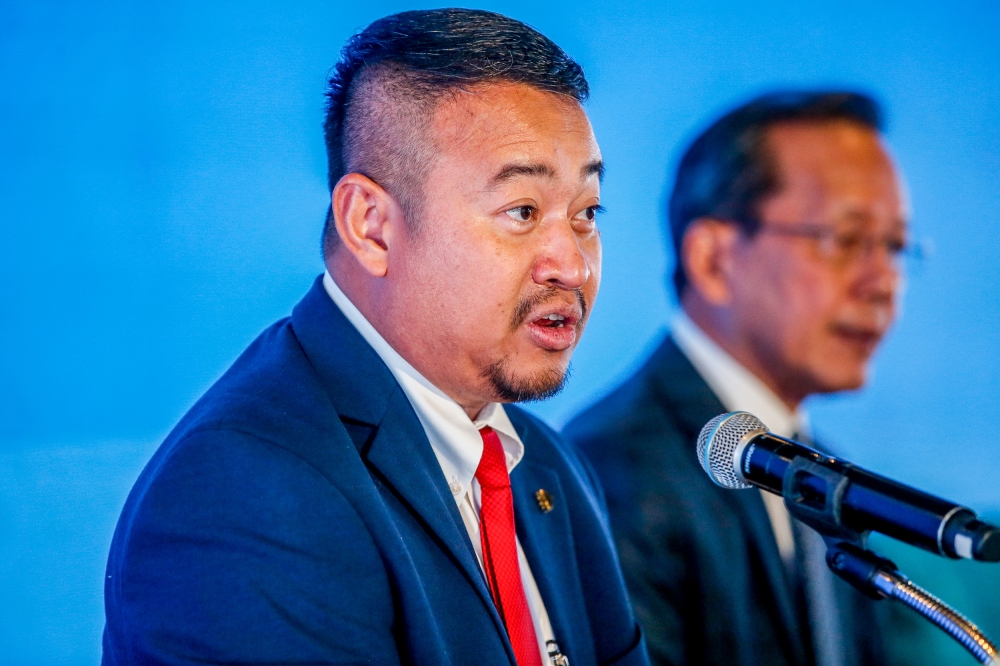- Malaysia Airlines has faced operational challenges recently, with five flight diversions or emergency landings since August, leading to its air operator certificate being shortened to one year by the Civil Aviation Authority of Malaysia.
- The airline’s ongoing financial instability, worsened by the MH370 and MH17 tragedies and frequent leadership changes, has hindered its recovery efforts despite multiple restructuring exercises.
- Operational inefficiencies, an ageing fleet, and workforce shortages, along with intense competition from low-cost carriers and regional airlines, have further complicated Malaysia Airlines’ path to sustainability.
KUALA LUMPUR, Sept 10 — Once a national icon celebrated for its service, Malaysia Airlines is currently not in a good place.
In the space of one month since early August, the local carrier’s planes have had to be redirected or undertaken emergency landing five times. Flights were delayed and the number of routes was reduced.
As a result, the Civil Aviation Authority of Malaysia (CAAM) on August 28 had cut the validity period of its air operator certificate (AOC) to just one year, down from three years. It will now be required to submit a monthly report to CAAM, with details of how it plans to turn things around.
So how did the flag carrier now called Malaysia Airlines Bhd (MAB) arrive at this low point?
Money a persistent dilemma
At the core of this downslide is MAB’s ongoing financial instability. Over the past decade, the airline has struggled with mounting financial losses, a situation exacerbated by the tragic events of 2014 when Flight MH370 mysteriously disappeared on March 8, and Flight MH17 was shot down over Ukraine on July 17.
These incidents led to severe financial repercussions, not only due to the immediate costs but also because of the long-term impact on customer confidence and the airline’s global image.
Despite multiple restructuring efforts, including a major one in 2014 where government-linked Khazanah Nasional Bhd took the airline private, it has found it difficult to reduce its operating costs. In 2015, the airline previously called Malaysian Airline System (MAS) was dissolved, and transferred to a new entity, MAB.
However, a bloated workforce, high overheads, and inefficiencies within the organisation continue to undermine its attempts at financial recovery. Even with the additional challenges brought on by the Covid-19 pandemic, which required further government support, Malaysia Airlines remains unprofitable, raising questions about its long-term sustainability.
Frequent changes in leadership have further compounded Malaysia Airlines’ difficulties. Over the years, the airline has seen a succession of CEOs come and go, each bringing their own vision but often failing to implement lasting change.
From Christoph Mueller to Peter Bellew and now Datuk Captain Izham Ismail, the lack of continuity in leadership has resulted in fragmented strategies and incomplete restructuring efforts.
An ageing fleet and workforce under siege
Adding to its woes, MAB is grappling with operational inefficiencies, driven by an ageing fleet and a global shortage of parts. The airline’s attempts to modernise its fleet have been slower than anticipated due to financial constraints.
Recently, the airline had to reduce its flight frequency by 20 per cent due to a shortage of spare parts and delayed deliveries of new aircraft. These operational challenges have further hampered its ability to maintain service standards and meet customer expectations.
Malaysia Aviation Group (MAG) — the parent company behind MAB — said it was scheduled to receive 17 new aircraft orders by 2024, as part of its fleet modernisation programme and to support its growth requirements.

To date, MAG has only received four Boeing 737-8 aircraft out of the13 contractually agreed to this year. Izham said MAG will also likely receive just three of the four A330neo that Airbus was meant to deliver this year.
MAB is also facing challenges with its workforce. An audit by CAAM found that 63 of its 411 qualified engineering staff had resigned since January, likely due to better salary offers from other companies.
These resignations have exacerbated existing operational inefficiencies, particularly in maintenance and engineering, which are critical for the airline’s safety and performance.
Just last week, Transport Minister Anthony Loke said MAB must ensure its subsidiary, MAB Engineering Services, takes decisive measures to attract skilled new workers.
Loke said there must be efforts to expand training programmes, and to offer competitive salary packages to appeal to skilled professionals.
Operating in one of the most competitive aviation markets globally, Malaysia Airlines faces fierce competition from both regional low-cost carriers like AirAsia and full-service airlines such as Singapore Airlines and Thai Airways.
Budget airlines have successfully carved out a significant market share by offering cheaper, no-frills alternatives, leaving the company struggling to differentiate itself and justify its higher fares, particularly in the domestic and regional sectors.
The competition has also eroded its market share on international routes, forcing the airline to grapple with decreasing passenger numbers while maintaining a high-cost operational model.






















